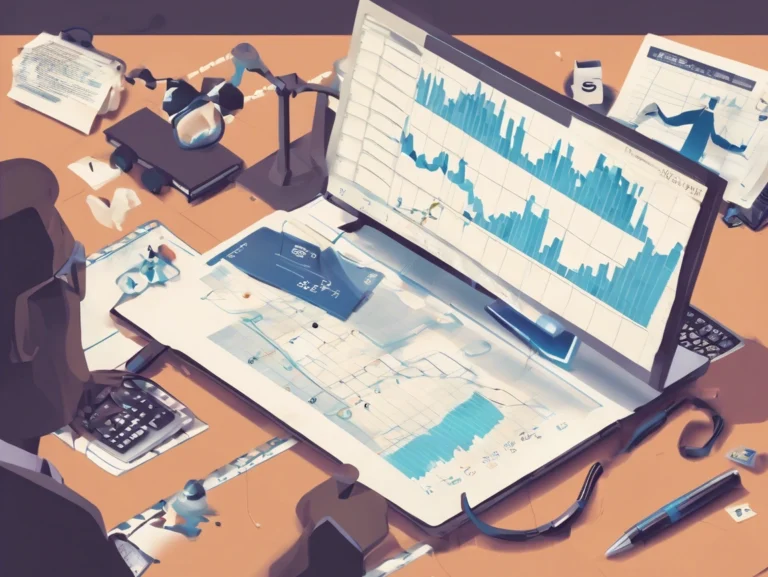📘 Lesson 4: Put Options Explained — How to Profit or Protect When Stocks Fall
🧠 Core Concept
A Put Option gives you the right (not obligation) to sell a stock at a specific strike price on or before a certain expiration date.
You buy a Put when you believe the stock will go down — or when you want to protect your portfolio from losses.
✅ Real Example
Let’s say:
- SPY is trading at $400
- You buy a Put Option with:
- Strike Price: $390
- Expiration: 1 month
- Premium: $3.00 (or $300 total)
If SPY drops to $370:
- You have the right to sell at $390
- Market is at $370 → you can sell $20 above market
- Profit = ($390 − $370 − $3) × 100 = $1,700
If SPY stays above $390:
- The put expires worthless, and you lose the $300 premium
🧮 Break-even Formula
Break-even = Strike Price − Premium Paid
In this case: $390 − $3 = $387
Only below this point do you begin to profit.
📊 What Happens at Expiration?
| Stock Price at Expiration | Option Value | Outcome |
|---|---|---|
| Above $390 | $0 | Option expires worthless |
| At $387 | $3 – matches premium | Break-even |
| Below $387 | Profit grows | The lower it goes, the more you earn |
📌 Terminology Recap
| Term | Meaning |
|---|---|
| Strike Price | Price you can sell the stock |
| Premium | Cost to buy the put option |
| Expiration | Last day to exercise the option |
| ITM | In-the-money = stock < strike price |
| OTM | Out-of-the-money = stock > strike price |
🛡️ Put Options for Protection (Hedging)
Let’s say you own:
- 100 shares of MSFT at $300
- You’re afraid of a short-term market dip
→ You buy a $290 Put for $2
If MSFT drops to $270:
- Your put lets you sell at $290 → limiting your downside
- Without it, you’d lose $30/share = $3,000
- With the put, you only lose $10/share = $1,000
Put = insurance for your stock position.
📉 Why Buy Puts?
| Purpose | Benefit |
|---|---|
| Bearish Trade | Profit if stock drops |
| Portfolio Insurance | Limit downside risk on stocks |
| Volatility Protection | Hedge against sudden market swings |
⚖️ Risk vs Reward
- Max Loss = Premium Paid
- Max Gain = (Strike Price − 0 − Premium) × 100
- Puts gain value when stocks fall
Get a deeper look at Risk/Reward Ratios at Investopedia.
📈 Visual: Put Option P/L Chart
- Flat line until break-even
- Then steep downward slope
- Max loss = premium
- Max gain = grows as stock drops toward $0
✅ Quick Quiz
- When do you buy a Put Option?
- What is your maximum loss?
- What’s the break-even point formula?
🧠 Answers
- When you expect the stock to drop or want to hedge
- The premium paid
- Strike Price − Premium
View our Stock Options Analysis & Trading Strategies to see various options strategies applied to our stock picks.

